Home>Garden Essentials>How Large Is A Seed Packet
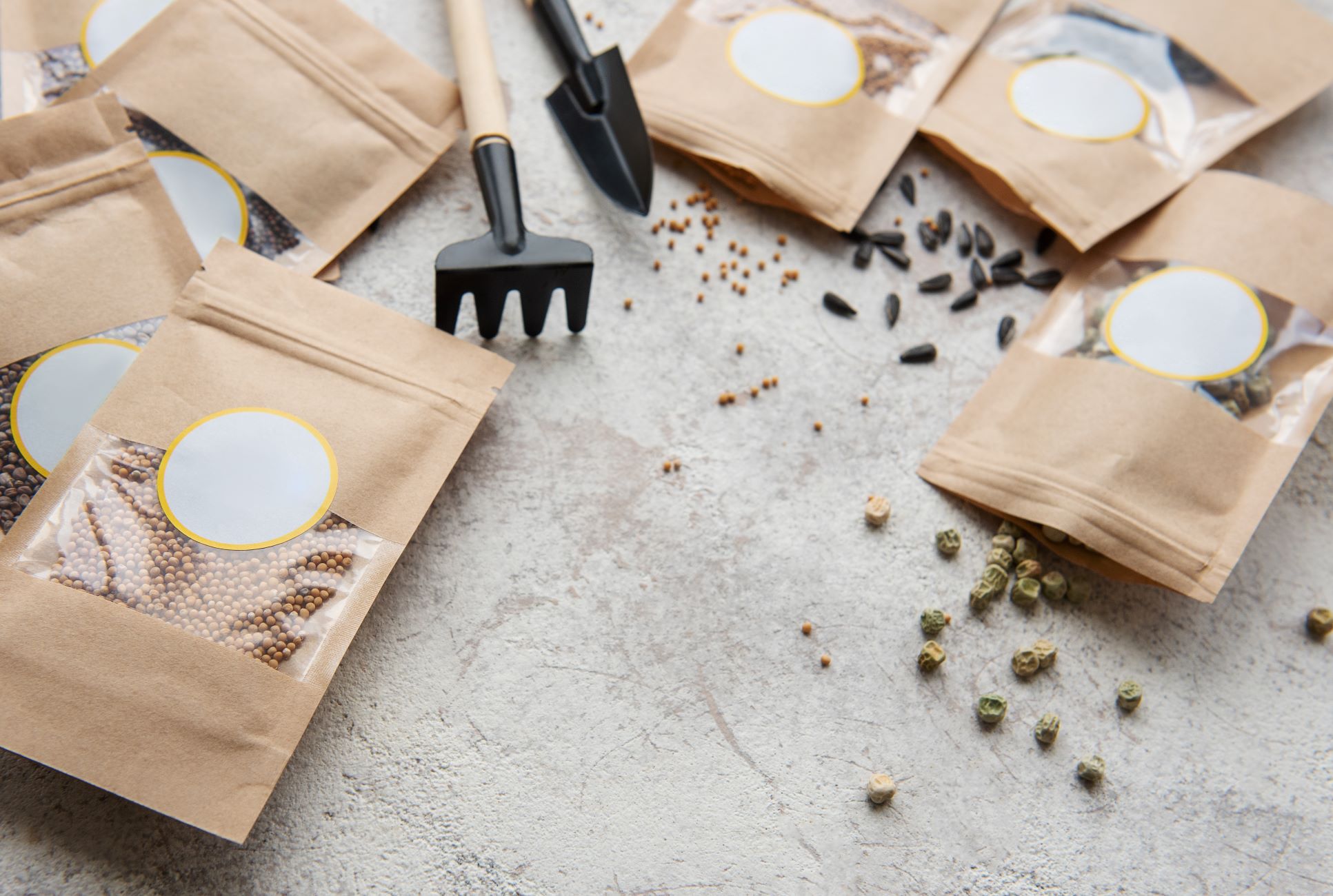

Garden Essentials
How Large Is A Seed Packet
Modified: March 25, 2024
Discover the size of a garden seed packet and how it influences your gardening process. Learn more about choosing the right seed packet for your garden.
(Many of the links in this article redirect to a specific reviewed product. Your purchase of these products through affiliate links helps to generate commission for Storables.com, at no extra cost. Learn more)
Introduction
Welcome to the fascinating world of gardening! One of the essential elements of any gardening endeavor is the seeds. But have you ever wondered about the packaging that contains these precious seeds? That’s where seed packets come into play. Seed packets are not just containers, but they also provide crucial information about the seeds inside. In this article, we will explore the world of seed packets and delve into the different sizes they come in.
Seed packets serve as the first point of contact between gardeners and the seeds they plant. They are designed to keep the seeds safe and provide necessary instructions for successful germination. Additionally, seed packets often feature stunning illustrations or photographs of the plant that will grow from the seeds. This adds an aesthetic appeal to the experience and helps gardeners visualize the end result.
Now, let’s dive into the common sizes of seed packets and explore the factors that influence their dimensions.
Key Takeaways:
- Seed packets come in small, medium, and large sizes to accommodate different types of seeds. They provide essential information, visual inspiration, and help gardeners stay organized.
- The size of a seed packet is influenced by factors like seed quantity, plant size, and brand preferences. Understanding these factors helps gardeners choose the right packets for their needs.
Read more: How To Fold Seed Packet
What is a Seed Packet?
A seed packet is a small envelope or pouch specifically designed to hold and protect seeds. It serves as a complete package that not only contains the seeds but also provides essential information about them. These informative packets serve as a guidebook for gardeners, providing instructions on planting, care, and harvesting.
Seed packets are typically made of paper or cardstock, which allows them to be easily printed with valuable information. The front of the packet usually features a captivating image of the mature plant, giving gardeners a glimpse of what they can expect once the seeds are sown and nurtured. The back of the packet contains crucial details such as the plant’s common and scientific name, recommended planting dates, optimal growing conditions, and specific germination instructions.
Gardeners rely on the information found on seed packets to make informed decisions about which seeds to choose and how to best care for them. These packets are a valuable resource, especially for novice gardeners who may be unfamiliar with the specific needs of different plant varieties.
Seed packets are not only useful for individual gardeners but also for commercial growers and distributors. They provide a convenient and organized way to store and sell seeds in bulk quantities. Whether you are a home gardener or a professional horticulturist, seed packets are an essential tool in your gardening arsenal.
Now that we understand what seed packets are, let’s explore the different sizes they come in and how these sizes can vary depending on various factors.
Common Sizes of Seed Packets
Seed packets come in a variety of sizes to accommodate the diverse range of seeds available in the market. While the exact dimensions may vary from brand to brand, there are generally three main categories of seed packet sizes: small, medium, and large.
Small Seed Packets
Small seed packets are typically compact and convenient, making them ideal for home gardeners with limited space or those who prefer to try out several different varieties of plants. These packets are commonly used for herbs, flowers, and smaller garden vegetables. The size of a small seed packet typically ranges from 2.5 x 3.5 inches (6.35 x 8.89 cm) to 3 x 4.5 inches (7.62 x 11.43 cm).
Medium Seed Packets
Medium-sized seed packets offer a balance between seed quantity and packaging size. They are larger than small seed packets but still compact enough to be easily stored and organized. Medium-sized packets are commonly used for popular garden vegetables, such as tomatoes, peppers, and cucumbers, as well as for some larger flower varieties. The dimensions of a medium seed packet usually range from 3.5 x 5 inches (8.89 x 12.7 cm) to 4 x 6 inches (10.16 x 15.24 cm).
Read more: How Many Grams In A Seed Packet
Large Seed Packets
Large seed packets are designed to hold larger quantities of seeds or seeds from plants that produce bigger crop yields. These packets are often used for staple crops like corn, beans, and sunflowers. The size of a large seed packet typically falls in the range of 5 x 7 inches (12.7 x 17.78 cm) to 6 x 9 inches (15.24 x 22.86 cm) or even larger.
It is important to note that the dimensions mentioned here are approximate and can vary slightly depending on the brand and specific seed type. Additionally, some seed packets may have different shapes, such as square or rectangular, while still falling within the general size categories mentioned above.
Now that we have discussed the common sizes of seed packets, let’s explore some factors that can influence the size of these packets.
Small Seed Packets
Small seed packets are a popular choice among home gardeners, especially those with limited space or those who enjoy experimenting with different plant varieties. These compact packets are designed to hold a smaller quantity of seeds, typically suited for home gardening needs.
Small seed packets are commonly used for herbs, flowers, and smaller garden vegetables. These seeds often require less space and have a shorter germination time compared to larger crops. Some examples of plants that are commonly found in small seed packets include basil, lavender, marigold, pansy, and radish.
The compact size of small seed packets makes them easy to store and organize. They can be neatly tucked away in a drawer, cabinet, or a dedicated seed storage box. This convenience allows gardeners to keep their seeds organized and readily accessible when planting season arrives.
In addition to their size and convenience, small seed packets often feature eye-catching illustrations or photographs of the mature plant on the front. This not only adds an aesthetic appeal but also helps gardeners visualize the potential beauty that awaits once the seeds are planted and nurtured. The illustrations or photographs often showcase the vibrant colors, unique shapes, or delicate petals of the plants, further enticing gardeners to sow and grow these seeds.
Small seed packets usually measure around 2.5 x 3.5 inches (6.35 x 8.89 cm) to 3 x 4.5 inches (7.62 x 11.43 cm) in size. However, it is important to note that the exact dimensions may vary slightly between different brands and seed types.
Whether you are a beginner gardener or an experienced botanical enthusiast, small seed packets can be a delightful addition to your gardening journey. Their compact size, attractive packaging, and suitability for a variety of plants make them a convenient and accessible choice for any gardener.
Now that we’ve explored small seed packets, let’s move on to the next size category – medium seed packets.
Medium Seed Packets
Medium seed packets strike a balance between seed quantity and packaging size. These packets are larger than their small counterparts, allowing for the inclusion of a greater number of seeds while remaining relatively compact and easy to store.
Medium-sized seed packets are commonly used for popular garden vegetables like tomatoes, peppers, cucumbers, and larger flower varieties. These plants often have a higher yield or require more space to grow, hence the need for a slightly larger packet.
One of the advantages of medium seed packets is that they can accommodate a sufficient quantity of seeds for multiple planting or sowing sessions. With a greater number of seeds, gardeners have the opportunity to grow multiple plants of the same variety, experiment with different growing conditions, or share excess seeds with fellow gardening enthusiasts.
Similar to small seed packets, medium-sized packets often feature attractive illustrations or photographs of the mature plant on the front. This visual representation offers gardeners a glimpse of what their efforts will yield and serves as a source of inspiration for their gardening endeavors.
The dimensions of medium seed packets typically range from 3.5 x 5 inches (8.89 x 12.7 cm) to 4 x 6 inches (10.16 x 15.24 cm). However, it is essential to note that the exact dimensions may vary slightly depending on the brand and type of seeds enclosed.
Medium seed packets strike the perfect balance between convenience and flexibility. They provide enough room to store an adequate quantity of seeds for successful planting and offer the opportunity to explore different planting techniques or experiment with various growing conditions.
As we’ve discussed the small and medium-sized seed packets, let’s move on to the final category – large seed packets.
Large Seed Packets
Large seed packets are designed to hold a significant quantity of seeds, particularly those from plants that produce a larger crop yield. These packets are commonly used for staple crops like corn, beans, sunflowers, and other plants that require more space to grow and thrive.
The size of large seed packets differs from their smaller counterparts. They are significantly larger, allowing for the inclusion of a greater number of seeds. This is advantageous for gardeners who wish to grow a substantial amount of a particular crop or have a larger area available for cultivation.
Oftentimes, large seed packets contain the quantity of seeds required to plant an entire row or a specific area in the garden. This eliminates the need to purchase multiple small or medium-sized packets, providing convenience and efficiency for home gardeners and commercial growers alike.
Large seed packets typically measure around 5 x 7 inches (12.7 x 17.78 cm) to 6 x 9 inches (15.24 x 22.86 cm) or even larger. The increased physical space of these packets allows for the inclusion of detailed planting instructions, crop-specific information, and illustrations or photographs of the mature plants, aiding in the successful cultivation of the crops.
Gardeners who opt for large seed packets often have experience in growing specific crops or are looking to embark on a larger-scale gardening project. These packets provide the necessary resources and seeds to achieve bountiful harvests and maximize the potential of their garden.
When using large seed packets, it is important to carefully read and follow the instructions provided. Paying attention to recommended planting distances, proper soil preparation, and other essential guidelines will help ensure successful germination and growth of the crops.
Whether you are a seasoned gardener with ample space or someone looking to venture into larger-scale cultivation, large seed packets offer a practical solution for growing crops with higher yield potential.
Now that we have explored the different seed packet sizes, let’s delve into the factors that influence these sizes and their importance in gardening.
Read more: How To Make A Seed Packet
Factors Influencing Seed Packet Sizes
The size of a seed packet is influenced by several factors, each playing a role in determining the appropriate dimensions for packaging and storing the seeds. Let’s take a closer look at some of the key factors that influence seed packet sizes:
Seed Quantity
One of the primary considerations when determining the size of a seed packet is the quantity of seeds it needs to hold. Different plant varieties produce varying amounts of seeds, and some crops require more seeds to ensure successful germination and yield. Larger seed packets are used to accommodate a higher seed quantity, while smaller packets are suitable when a smaller quantity of seeds is sufficient for planting needs.
Seed Size and Shape
Seeds come in different sizes and shapes, ranging from tiny ones like basil seeds to larger seeds like sunflower seeds. The size and shape of the seeds play a role in determining the appropriate packaging size. Smaller seeds may require a smaller packet to prevent excessive movement, while larger seeds need a roomier packet to ensure they have enough space to breathe and avoid damage during transportation and storage.
Crop Yield and Plant Size
The anticipated crop yield and the size of the mature plant directly impact the seed packet size. Plants that yield a larger harvest, such as corn or beans, often require larger seed packets to accommodate the necessary quantity of seeds. Similarly, plants with larger growth habits, like sunflowers or squash, may need larger packets to house the seeds comfortably.
Read more: When To Plant Seed Packet
Information and Visuals
The level of detail and information provided on the seed packet can also influence its size. Some packets contain extensive planting instructions, nutritional information, or other helpful details. Additionally, packets often feature illustrations or photographs of the mature plant, helping gardeners identify the plant and visualize the outcome. The inclusion of such information and visuals can influence the overall size and design of the seed packet.
Brand and Packaging Preferences
Individual brands and seed companies may have their own preferences and guidelines for seed packet sizes. Some brands may prioritize uniformity and consistency across their product line, while others may offer different packet sizes based on customer demand or market trends. Packaging preferences and branding strategies can influence the overall dimensions of seed packets.
It is important to note that these factors can vary among different seed brands and types. Understanding the factors that influence seed packet sizes can help gardeners select the most suitable packets for their specific needs while ensuring the safe storage and transport of their seeds.
Now that we have explored the factors influencing seed packet sizes, let’s discuss the importance of these sizes in the world of gardening.
Importance of Seed Packet Sizes
Seed packet sizes play a crucial role in gardening, providing both practical and informational benefits to gardeners. Let’s dive into the importance of seed packet sizes:
Accurate Seed Quantity
Seed packet sizes ensure that gardeners have an accurate quantity of seeds for their planting needs. Whether it’s a small packet for a few herbs or a large packet for row planting, the size of the packet helps gardeners have the right amount of seeds on hand. This allows for efficient planning and prevents wastage of excess seeds.
Read more: How Many Seeds Are In A Johnny Seed Packet
Storage and Organization
Seed packet sizes facilitate convenient storage and organization. Gardeners can easily store and categorize their seeds based on packet sizes, ensuring easy access to the desired seeds when the time comes for planting. Compact-sized packets are particularly beneficial for gardeners with limited storage space.
Planting Instructions and Information
Seed packets provide essential instructions and information, helping gardeners achieve successful germination and growth. The size of the packet allows for the inclusion of detailed planting instructions, such as recommended planting depth, seed spacing, and ideal growing conditions. These instructions guide gardeners throughout the planting process, giving them the confidence they need to nurture their seeds.
Visual Guidance and Inspiration
The size of the seed packet allows for the inclusion of captivating illustrations or photographs of the mature plant. These visuals serve as visual guidance, helping gardeners identify their plants as they grow. Additionally, the images provide inspiration and a glimpse of the potential beauty that awaits, motivating gardeners to meticulously care for their plants and witness the desired outcome.
Purchasing Considerations
Seed packet sizes are important for consumers when making purchasing decisions. Large packets are suitable for those looking to grow a substantial quantity of a particular crop or for commercial growers. On the other hand, small packets are preferred by home gardeners who may want to try out various plant varieties without committing to a large quantity of seeds.
Read more: How To Plant Butterfly Perennial Seed Packet
Brand Differentiation
Seed packet sizes can play a role in brand differentiation. Some seed companies may choose to offer unique packet sizes as part of their branding strategy. This can help their products stand out on the market and create a recognizable and distinctive identity for their brand.
By considering the importance of seed packet sizes, gardeners can make informed decisions when selecting the appropriate packets for their gardening endeavors. Whether it’s for accurate seed quantity, organization, or access to valuable information, seed packet sizes contribute significantly to the overall gardening experience.
Now, armed with knowledge about seed packet sizes, you can confidently explore the world of gardening and make the most of these invaluable packages of potential.
Conclusion
Seed packets are more than just simple containers for seeds; they are gateways to the world of gardening. These compact yet informative packages provide crucial instructions, planting tips, and visual inspiration to gardeners of all levels. From small herb packets to large seed packets for staple crops, each size serves a purpose in meeting the diverse needs of gardeners.
We explored the common sizes of seed packets, including small, medium, and large. Small seed packets are perfect for those with limited space or a desire to try out various plant varieties. Medium-sized packets strike a balance between seed quantity and packaging size, accommodating popular garden vegetables and flowers. Large seed packets cater to those looking for larger crop yields or undertaking larger-scale gardening projects.
Various factors influence seed packet sizes, such as seed quantity, seed size and shape, plant yield, packaging preferences, and branding strategies. Understanding these factors helps gardeners select the appropriately sized packets to suit their specific needs.
Seed packet sizes offer several benefits to gardeners. They ensure accurate seed quantities, facilitate storage and organization, provide important planting instructions and information, offer visual guidance and inspiration, and aid in making informed purchasing decisions. Additionally, packet sizes can contribute to brand differentiation and create a unique identity in the market.
Whether you are a beginner gardener or an experienced horticulturist, seed packets are a valuable tool that guides you through the journey of growing plants. They hold the promise of bountiful harvests, colorful blooms, and the joy of nurturing life from a tiny seed.
As you embark on your gardening endeavors, pay attention to the sizes of seed packets and choose the ones that best suit your needs and gardening aspirations. Let these packets be your companions as you sow, tend, and revel in the beauty and bounty that springs forth from the seeds within.
May your gardening adventures be filled with growth, beauty, and a deep appreciation for the wonders of nature.
Frequently Asked Questions about How Large Is A Seed Packet
Was this page helpful?
At Storables.com, we guarantee accurate and reliable information. Our content, validated by Expert Board Contributors, is crafted following stringent Editorial Policies. We're committed to providing you with well-researched, expert-backed insights for all your informational needs.
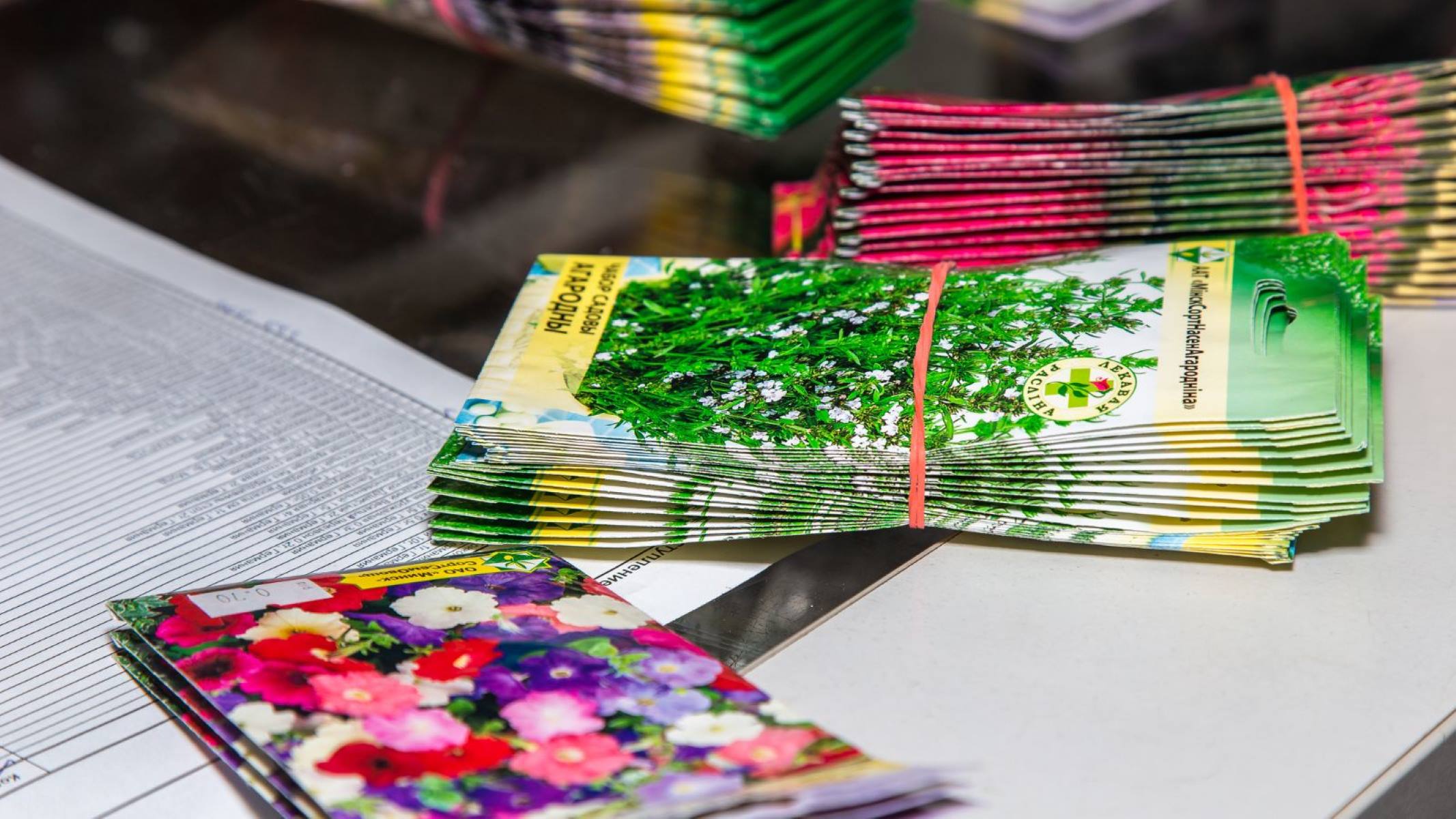
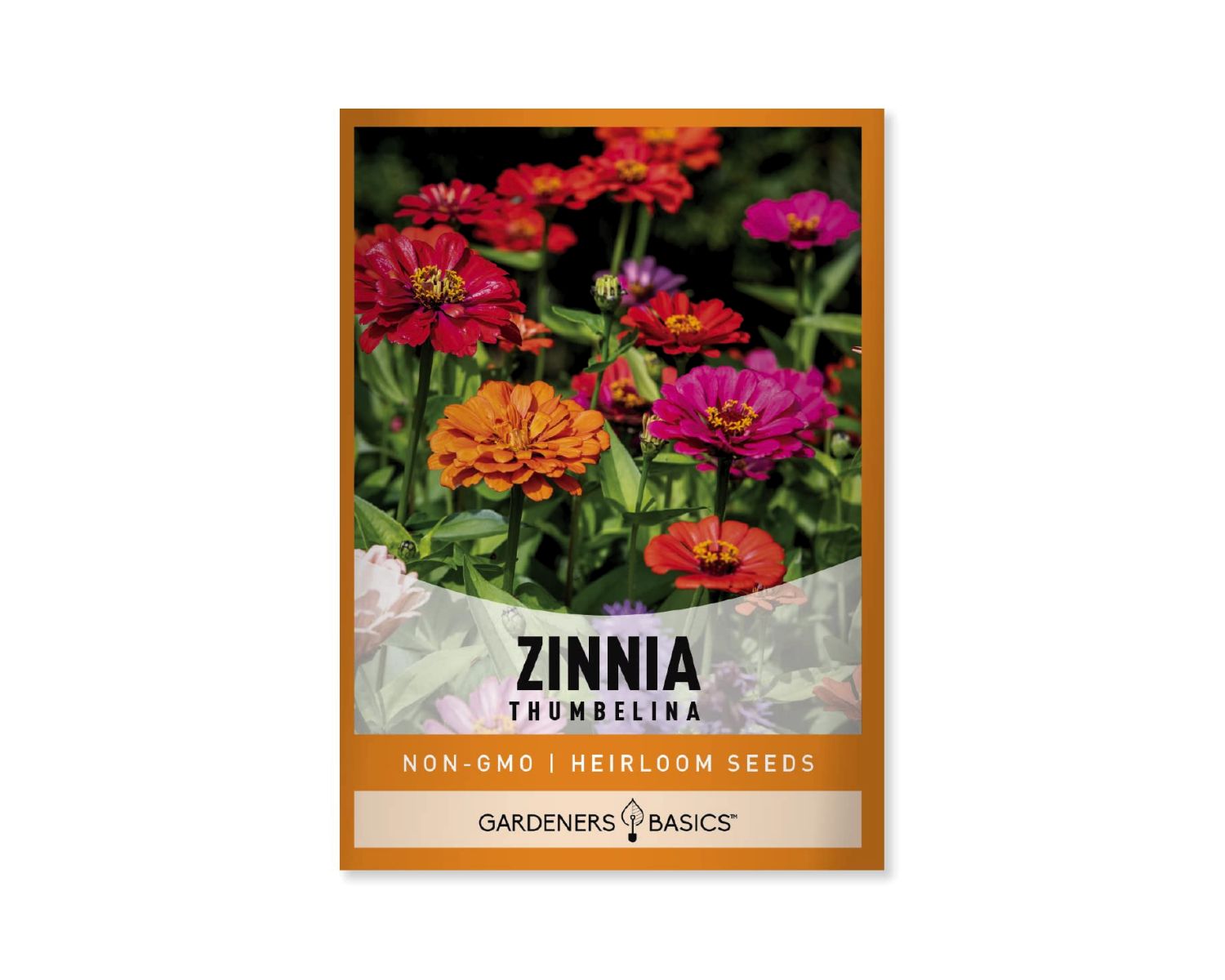
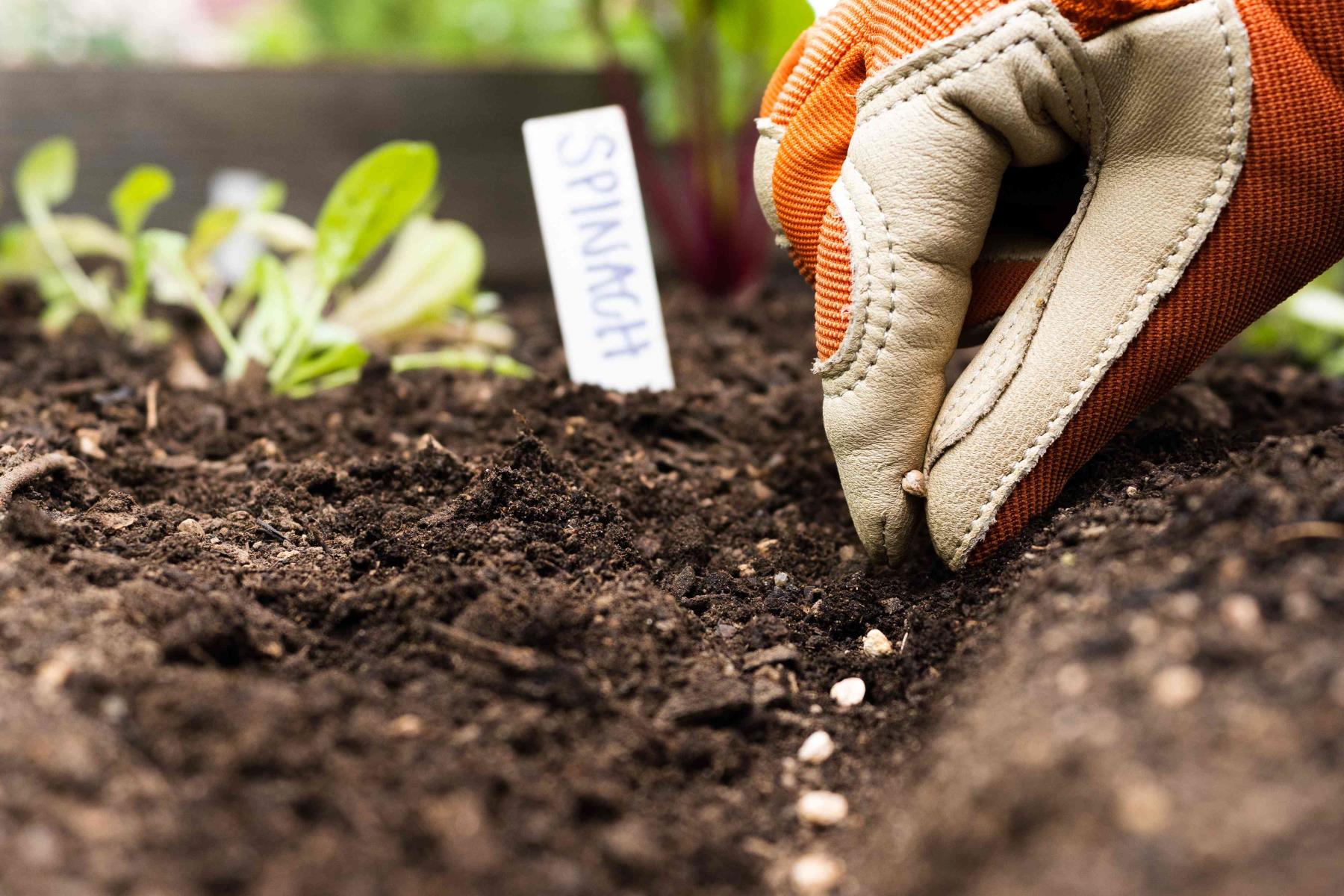
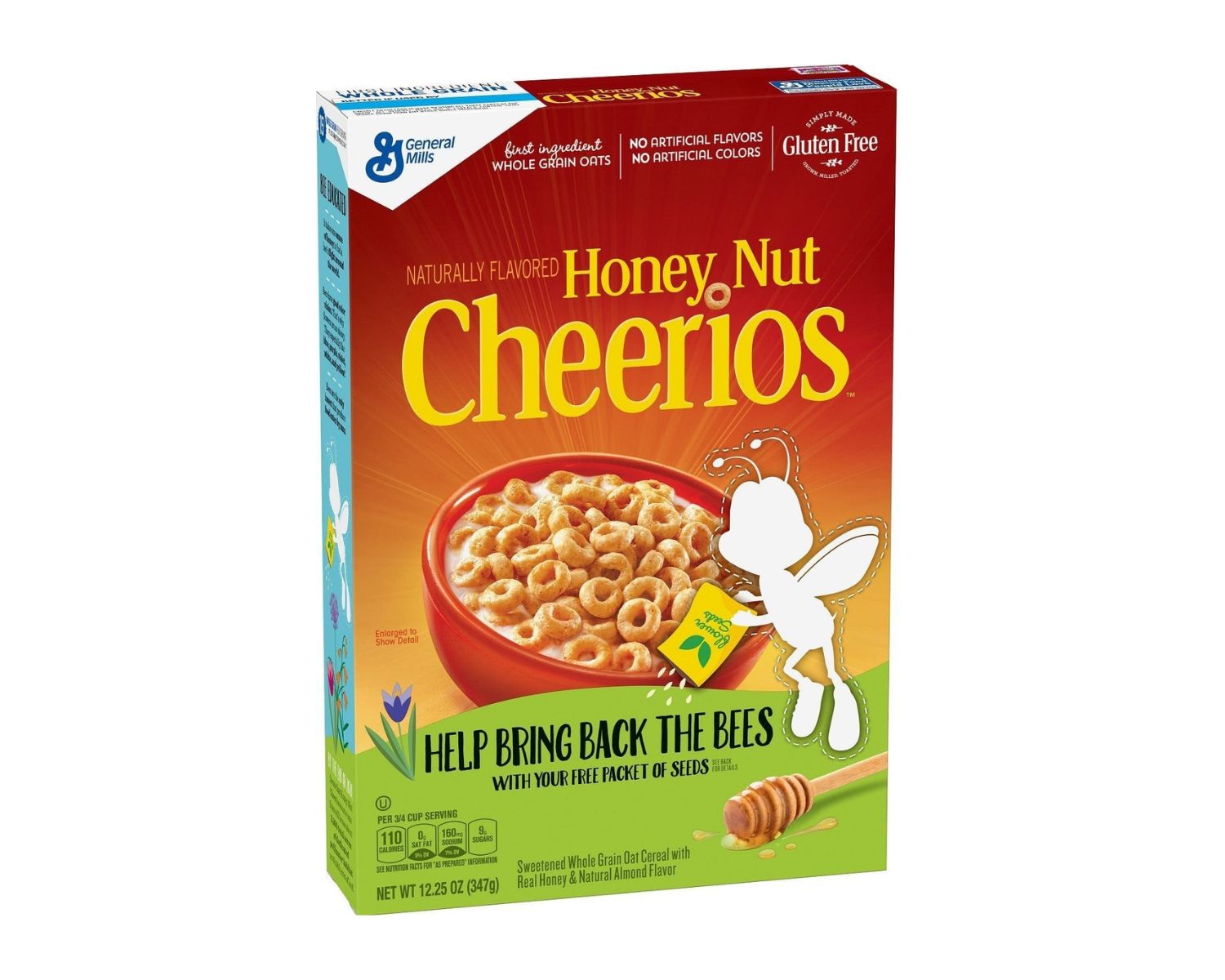
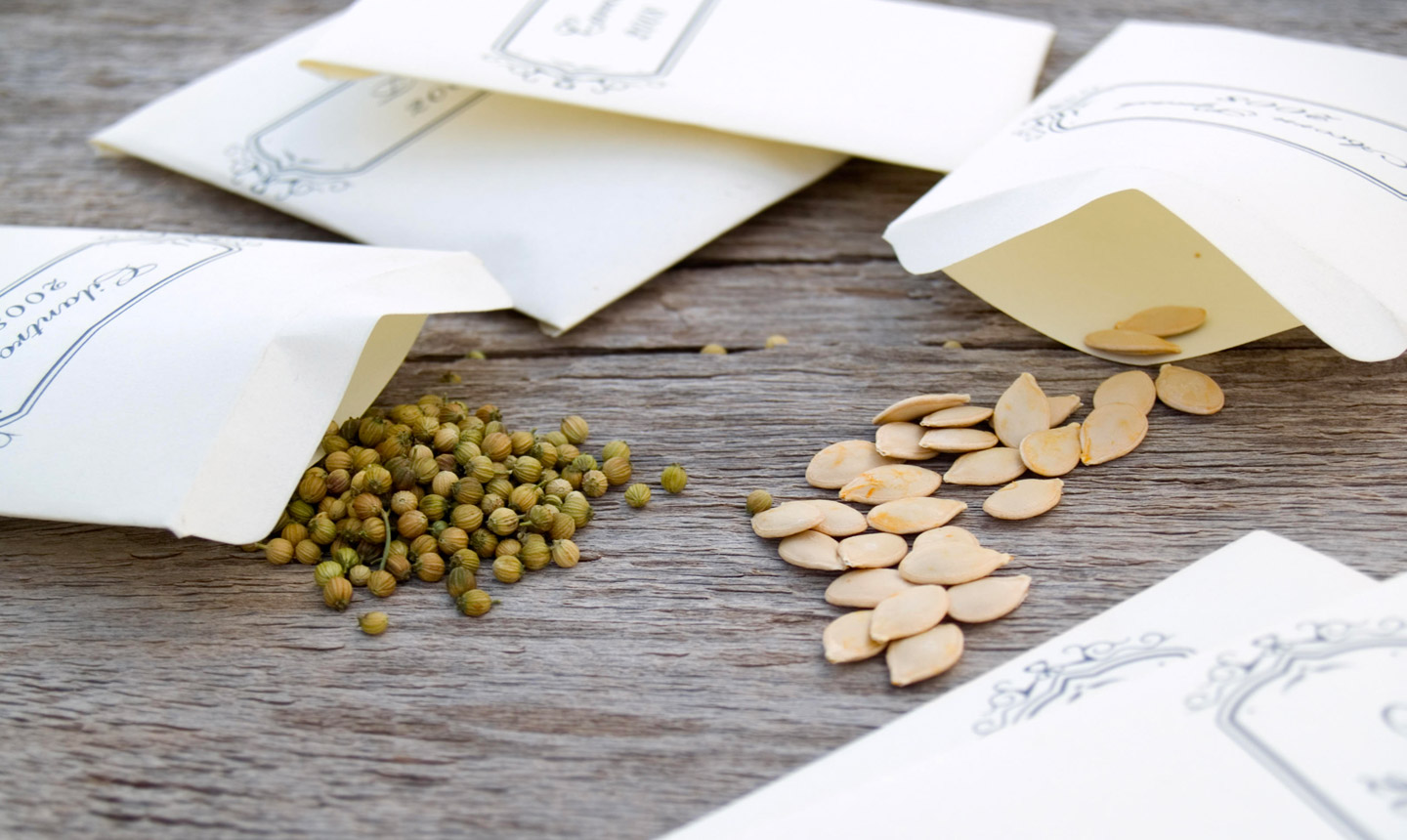
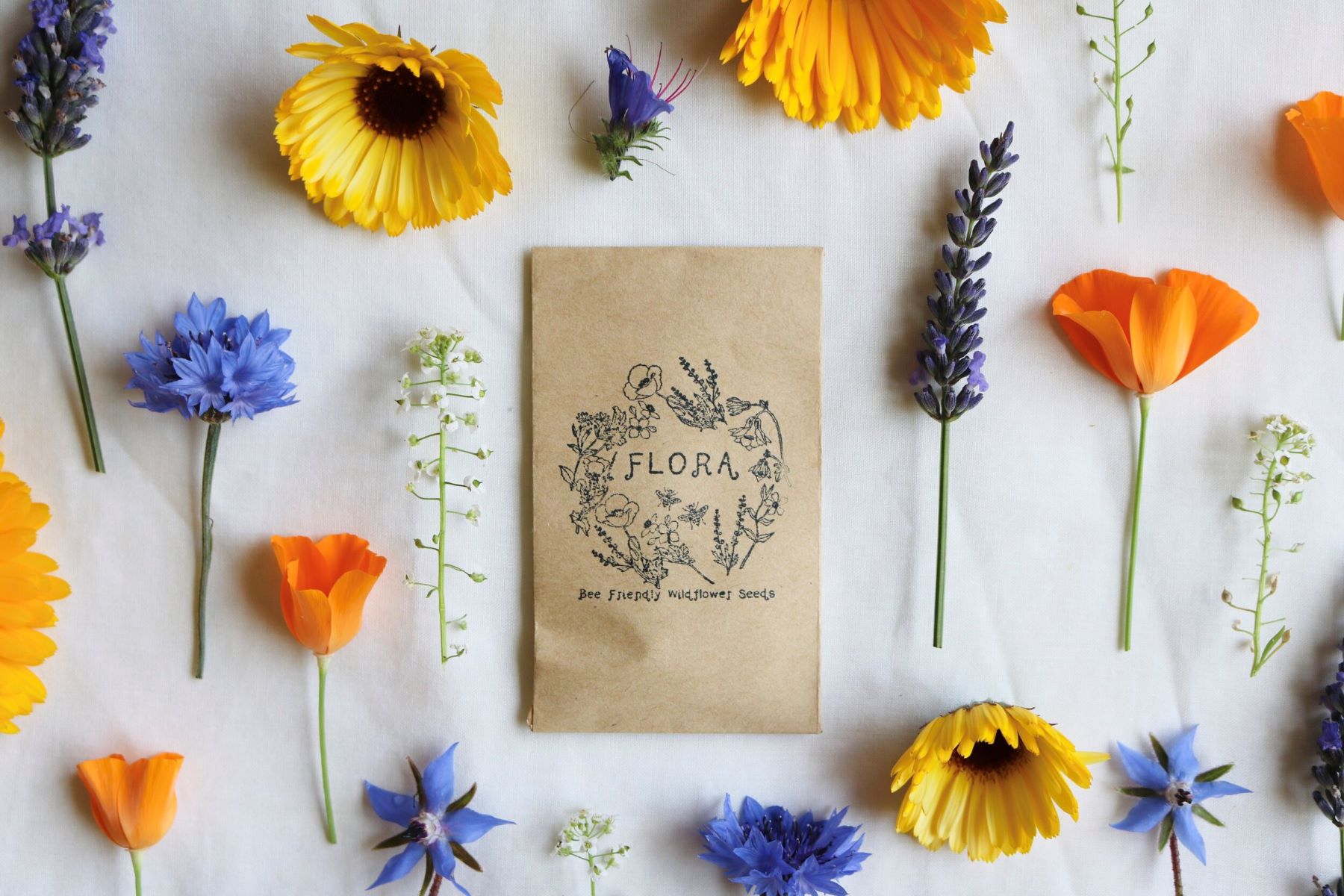
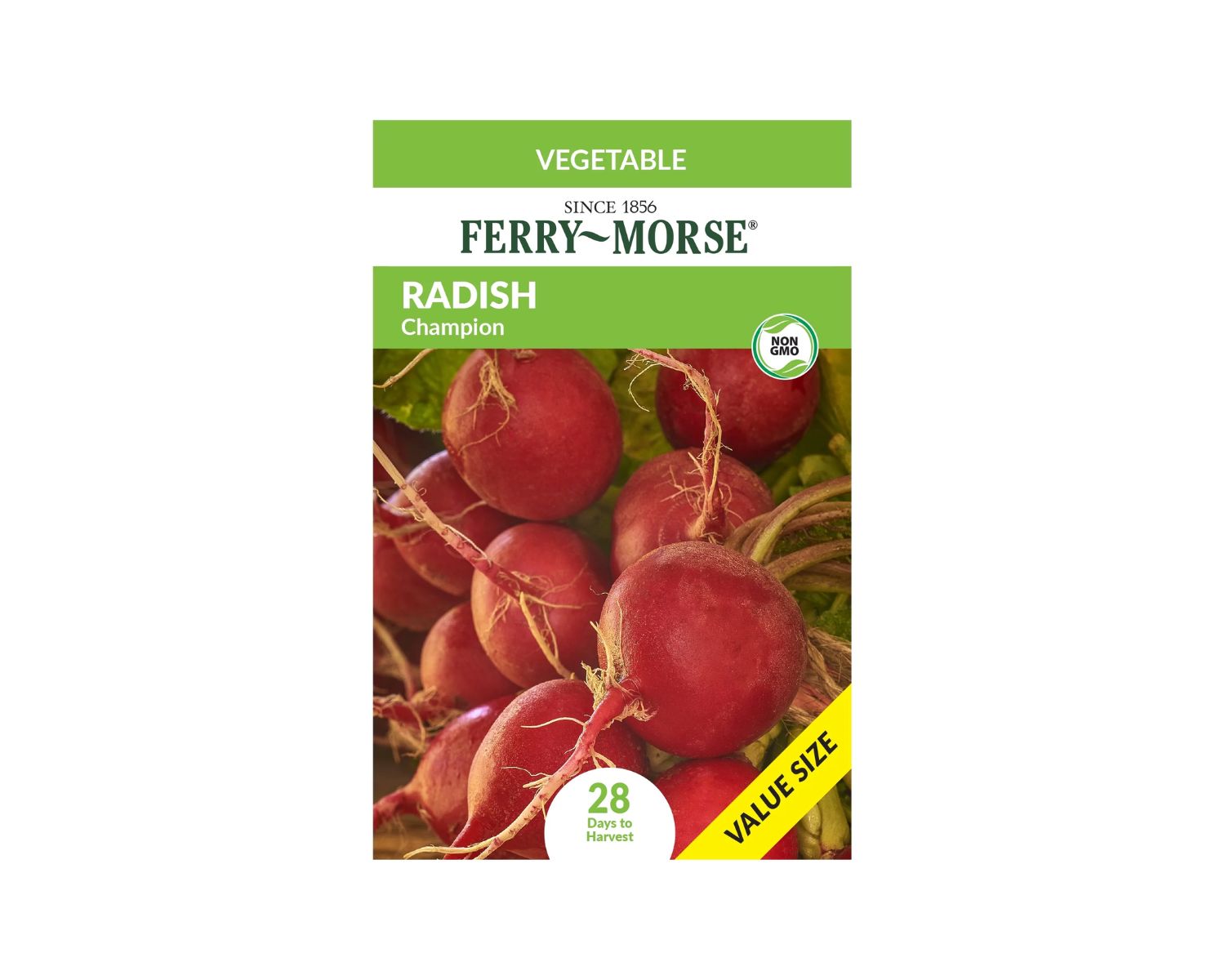
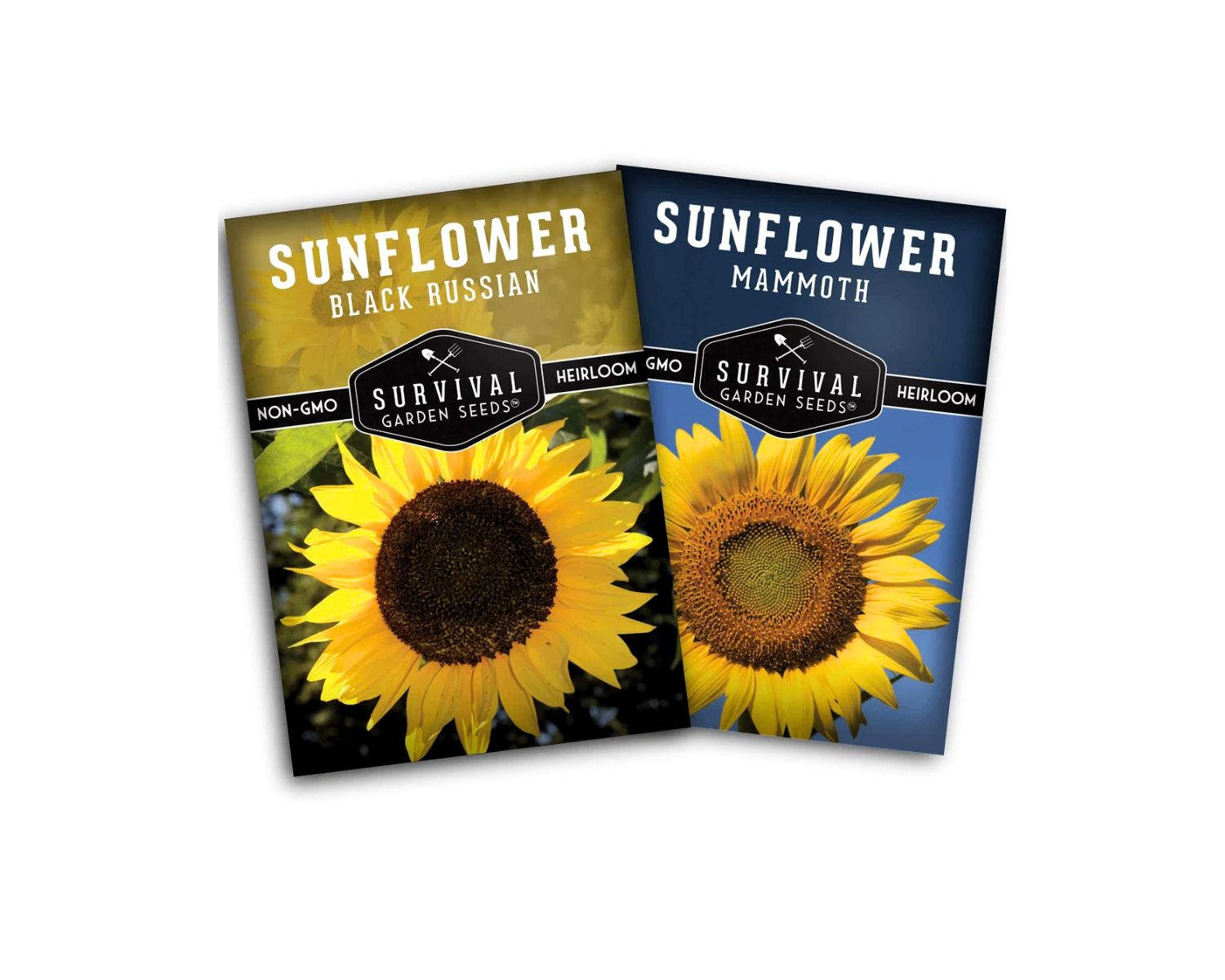
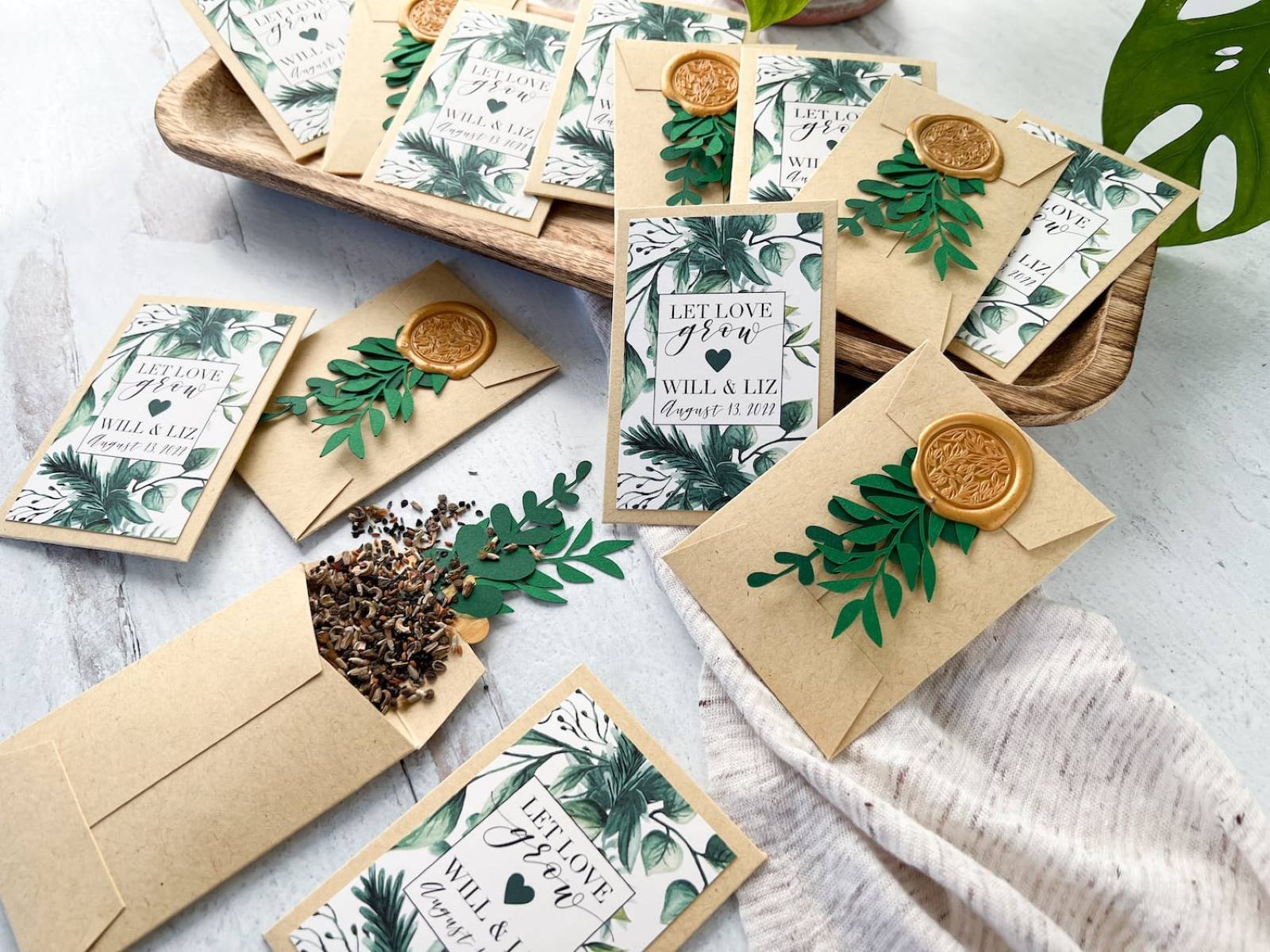
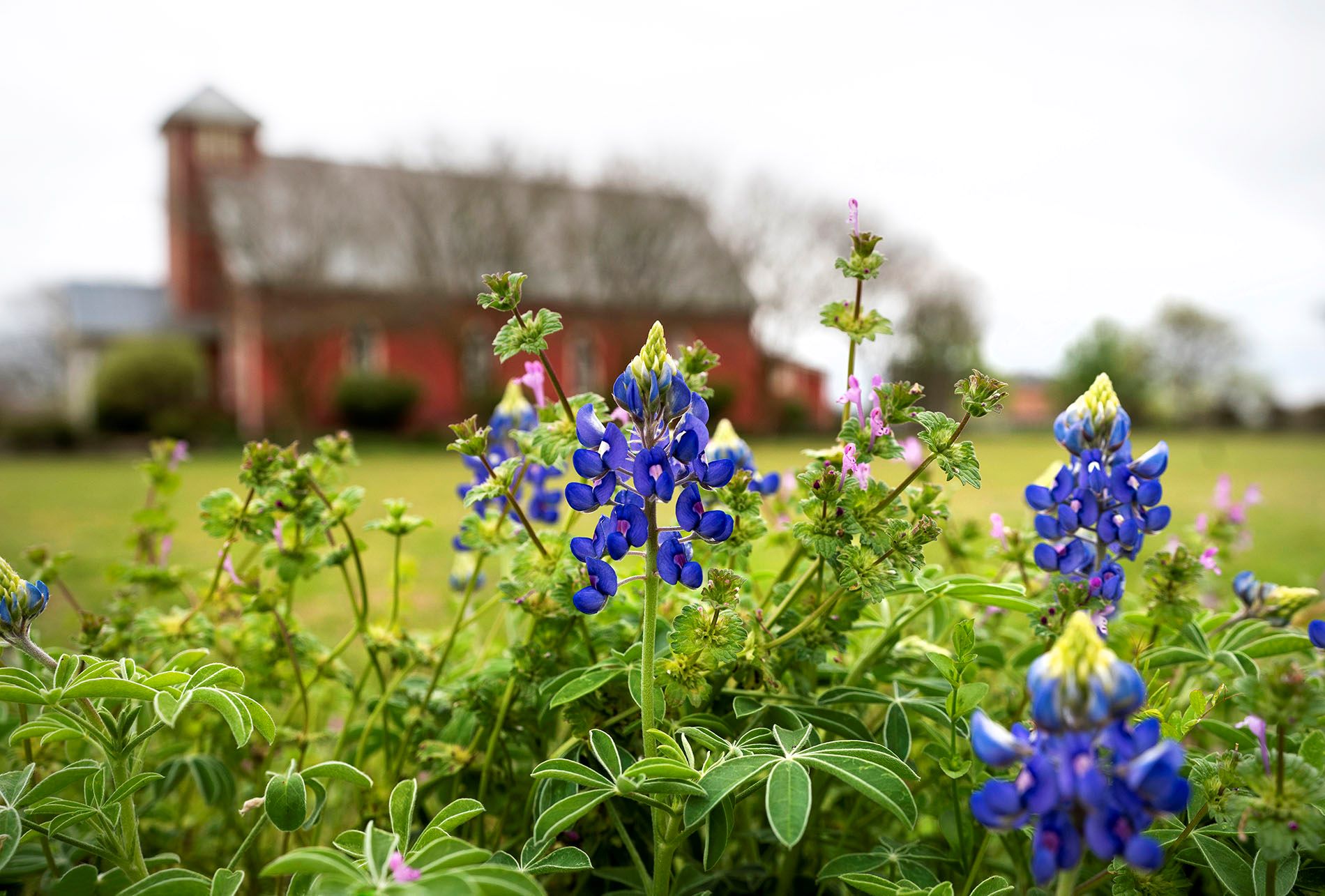

0 thoughts on “How Large Is A Seed Packet”